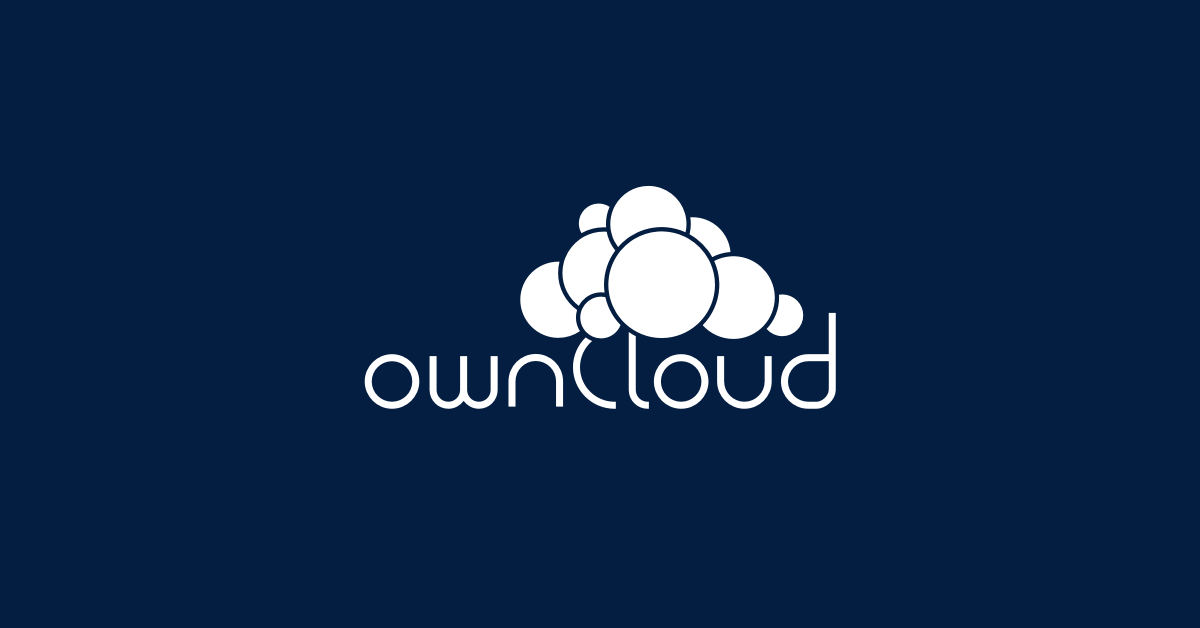- 6 Posts
- 143 Comments

 0·21 days ago
0·21 days agoCouldn’t the attacker just drop a dangerous binary into the data volume then?

 1·21 days ago
1·21 days agoHow would you add new links if its read only?

 1·21 days ago
1·21 days agoI’ve been using this which works great.
https://f-droid.org/packages/com.sbv.linkdroid/
Works with my single sign on setup as well which was critical. Creates a nice share target on android so any share button gives the option of sending the link to linkwarden
One thing to consider is that once zfs is setup there really is no significant intervention that is needed. I probably haven’t done anything to my proxmox zfs array in years.
I know its almost a meme to say just learn command line, but unfortunately in this case it will really help you understand what is happening and it also just takes a few commands to setup up once and then never worry about it again.
After the inital setup, the zfs GUI will be pretty much unused.
For commands I don’t use often, i use a note taking software to keep track of commands I used during setup because years go by before I use it again. I find the GUI often changes in that time making it harder to replicate whereas command line is the same and easier to document.

 1·1 month ago
1·1 month agoKeeping 80 open is useful so that traefik can redirect all traffic to 443 (https)

 1·1 month ago
1·1 month agoAny idea if gluetun does this by default? A popular setup is setting the network mode on the application docker to the gluetun service and then gluetun itself says it has a killswitch built in. I assume they did that well since its very popular and this is pretty much the main purpose of the container.

 3·3 months ago
3·3 months agoOwncloud infinite scale seems, well, much more scalable

 1·4 months ago
1·4 months agoHow does your create account system with invite codes work? Is jellyfin tied to another system for account management?
I have traefik running with all config done via the docker compose files and I just couldn’t figure out how to get the bouncer middleware to work without causing problems. Doesn’t help that most examples seem to be based on the static yaml based config so I’m trying to convert jt. Would appreciate anyone who might know of a resource that explains with docker compose environment tags.
I also have middle ware for things like authentik which complicates things.

 1·5 months ago
1·5 months agoOthers have already mentioned the question makes no sense but for others that are curious.
Headscale is a self hosted tailacale alternative and for a small number of devices plain wireguard is as well. I use plain wireguard on my router to allow LAN access from my mobile devices.
I want rock solid stability and simplicity since I use this for to debug issues if they crop up while I’m away.
The thing I like most about linkwarden is that it integrates with my existing single sign on (authentik). After you get to a certain number of apps, it becomes extremely annoying to not have this so I now look for SSO as a major factor when deciding what app to use.
The small android app that allows android share button to send links to the app and full archive options also make it fantastic

 1·5 months ago
1·5 months agoThe native rewrite of the Android app is butter smooth. I think it’s still technically in beta, but I’ve been using it for more than a year.
Also, I don’t think I ever use the pop-up on mobile. Instead, I use the button on my keyboard. Gboard and FUTO Keyboard both show bit warden buttons at the top when I’m on a logon page

 2·5 months ago
2·5 months agoDo you mind putting some screenshots of what the final dashboard looks like?
Also, how much IO wear and tear does this put on a solid-state drive?

 1·5 months ago
1·5 months agoWhat’s the advantage of socket activation? Is it more secure than exposing a docker port?

 2·5 months ago
2·5 months agoMine works instantly on a pixel 8. There is a notification that is always active for the gotify app. I believe an always on notification is required for instant pushing with non google apps. Maybe you haven’t enabled it in the settings somewhere?

 0·5 months ago
0·5 months agoGotify along with an external email service. I get each notification twice, immediately
From the website, i can’t see how it’d different than owncloud.
This is what you’re really looking for:
https://github.com/owncloud/ocis
Full rewrite in Go. Lots of features. Much better performance. More stable than nextcloud.

The main feature I want is portion scaling. So I can type the number of servings and everything gets multiplied. Is that possible in obsidian via a plugin or with mkdocs?